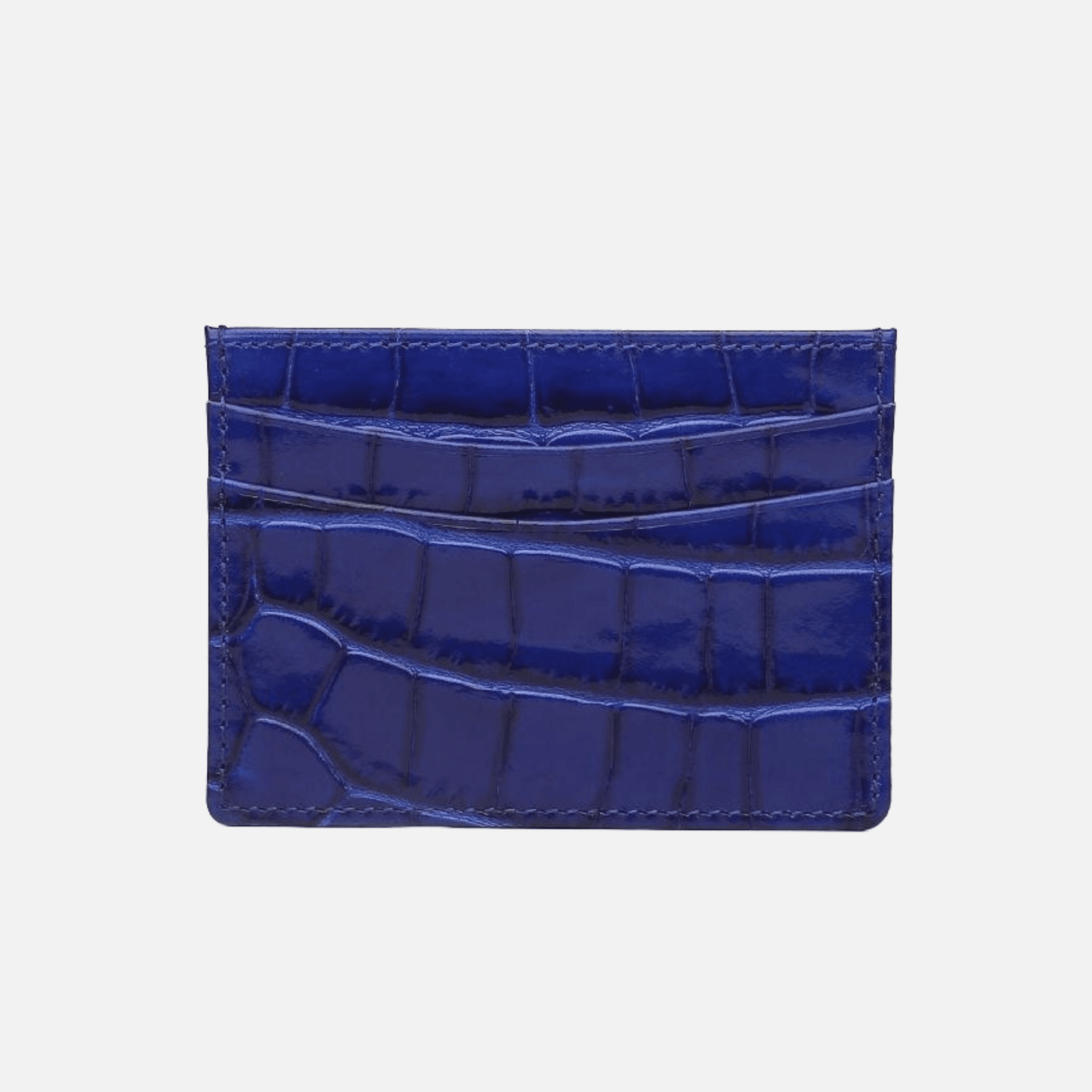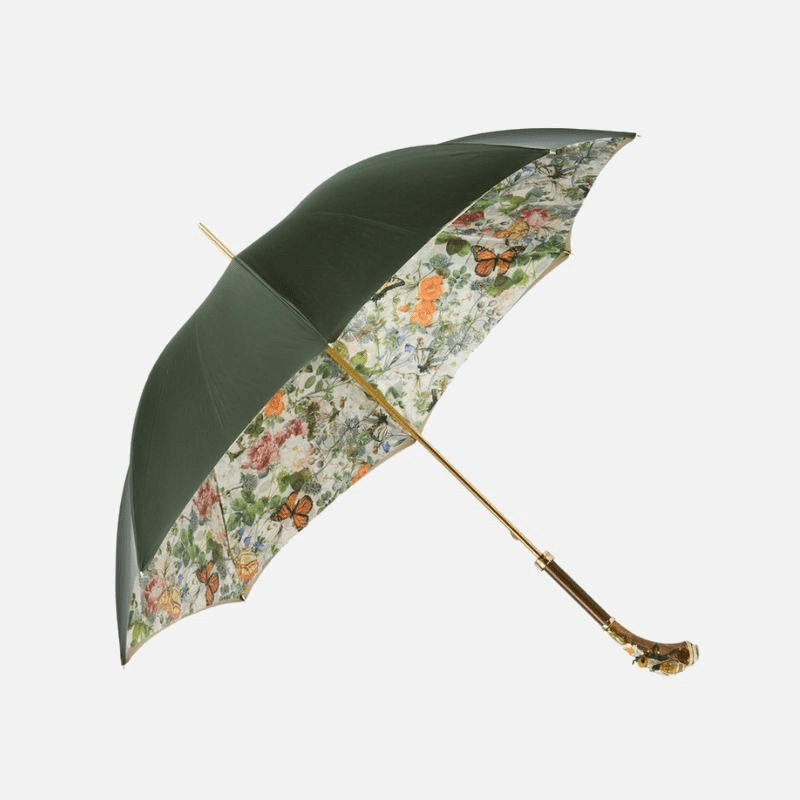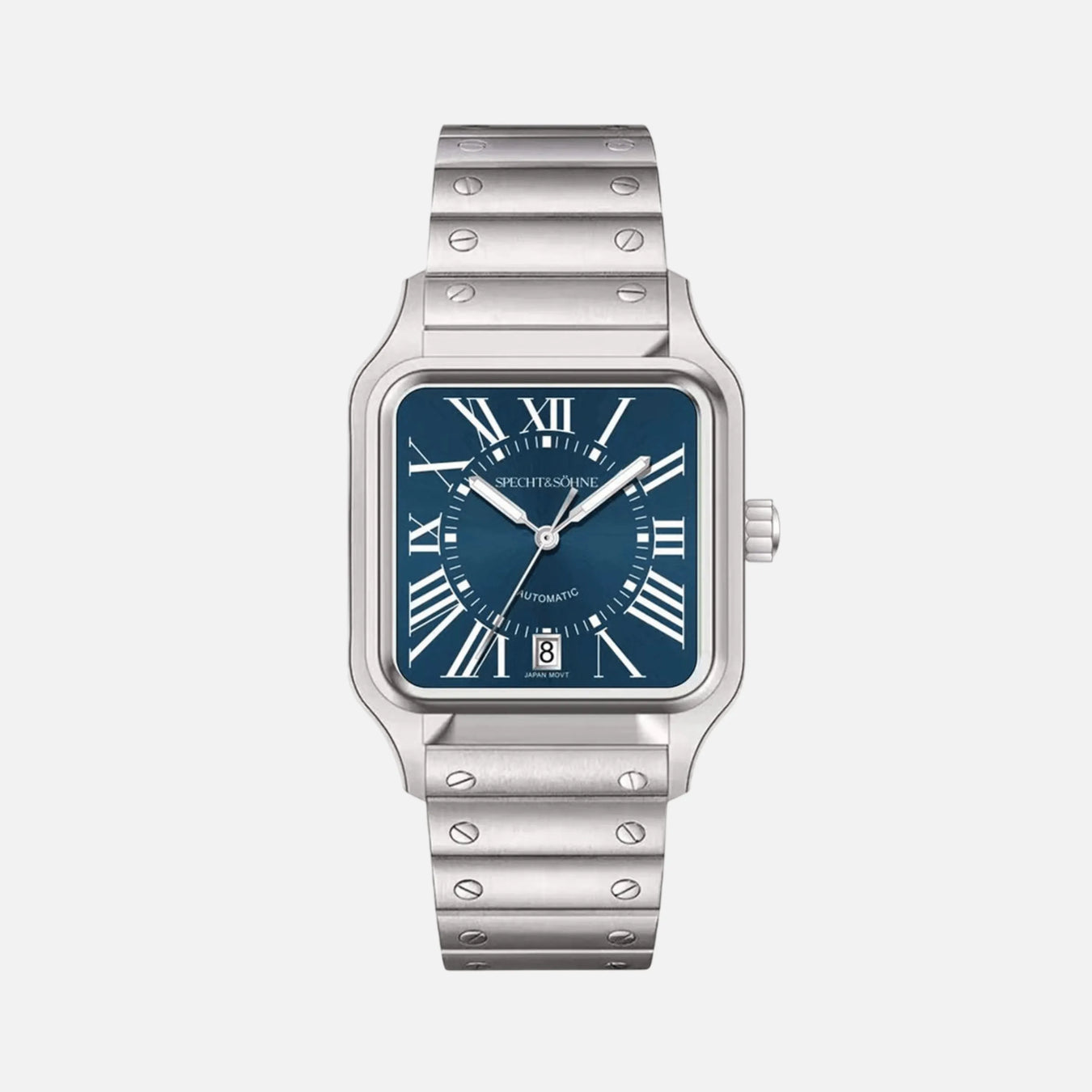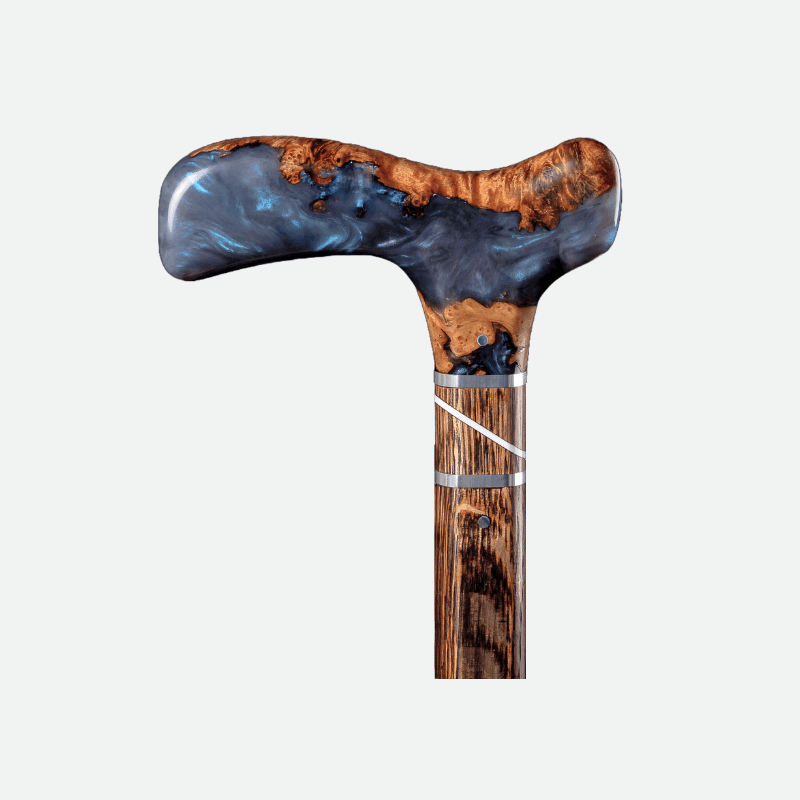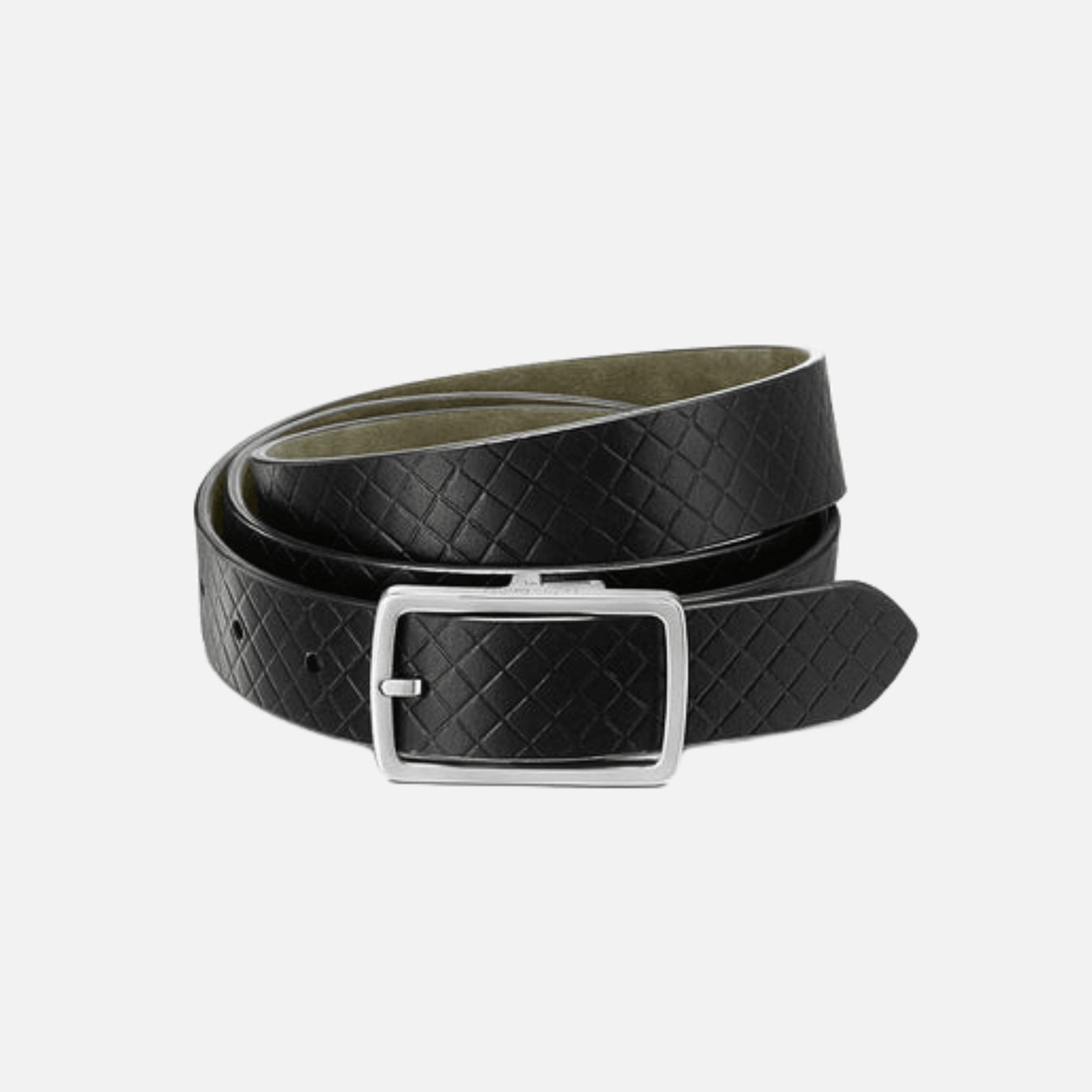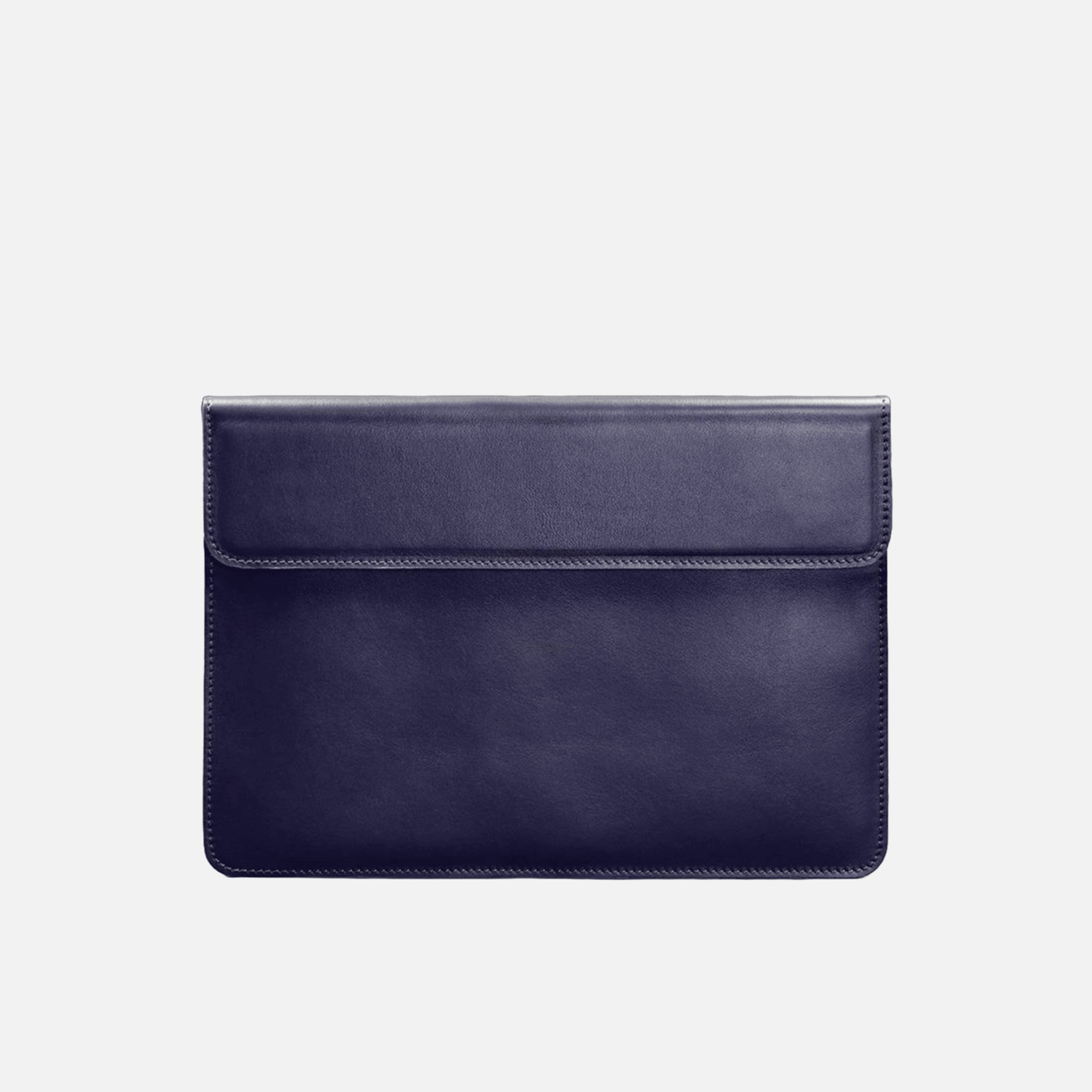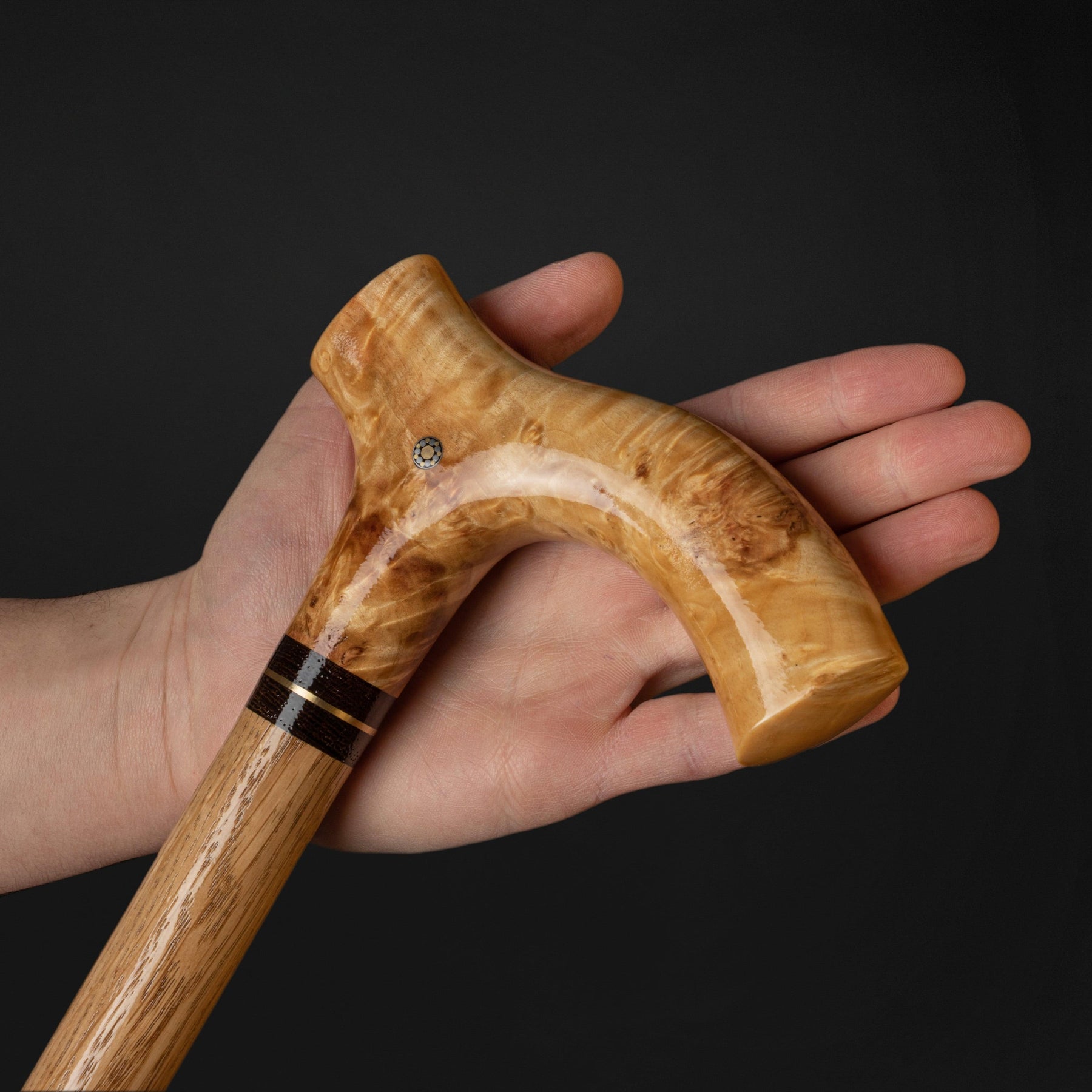
Guide: Choosing the Right Walking Cane for Balance and Where to Find It
Understanding the Role of Walking Canes in Promoting Balance

Walking canes are crucial tools for many individuals in maintaining mobility and stability. Primarily, a cane helps redistribute weight from a lower body injury or weakness, reducing the strain on the lower body by shifting some of the load to the upper body. But the often overlooked benefit of walking canes is their role in promoting balance. When users navigate through various terrains, a cane acts as a third point of contact with the ground, offering additional tactile feedback and improving proprioception—awareness of one’s body position in space.
The proper cane height and design are paramount for optimal balance support. A cane that is too tall or short can alter posture and gait, leading to decreased stability. Additionally, cane tips play a significant role in balance. The 3⁄4 inch and 7⁄8 inch rubber tips for our walking stick walking canes provide adequate grip and shock absorption, mitigating the risk of slips and jolts that can throw off balance.
Craftsmanship, too, plays a role in the efficacy of a cane for balance support. Handmade, made-to-order walking canes often cater to an individual’s specific needs and preferences, aligning with the latest in ergonomic and design trends. From classic styles that have stood the test of time to contemporary trends in luxury walking cane design, aesthetics complement functionality to enhance user confidence and balance.
For those seeking to understand more about walking canes, our “About Us” and “FAQ” sections provide valuable insights into their use. They also offer in-depth information on the impact of modern design trends in walking canes for enhanced mobility and the importance of selecting the right accessories, like the appropriate rubber tips, to support balance and stability.
The Different Types of Walking Canes Available
When selecting a walking cane for balance, it’s crucial to understand the variety of options available. This guide helps distinguish between them, ensuring the choice not only matches the user’s needs but also reflects their style, following the 5 modern design trends in walking canes for enhanced mobility.
-
Standard Canes: These canes are the most common and are characterized by a single tip. They are often adjustable and may include features like 3⁄4 inch or 7⁄8 inch rubber tips for improved grip and stability.
-
Quad Canes: Designed with four feet for additional stability, quad canes offer more support than standard canes. They are ideal for those with significant balance issues.
-
Folding Canes: For those on the go, folding canes are convenient. They can be collapsed easily and stored in a bag or suitcase, merging practicality with modern design trends.
-
Seat Canes: Incorporating a seat with the walking cane, this type is aimed at users who may need to sit and rest periodically, marrying function with contemporary comfort aesthetics.
-
Offset Canes: These have a bend at the top that acts as a comfortable grip. The offset design helps distribute weight along the shaft, making it easier on the wrist.
-
Canes with Accessories: Some canes come equipped with additional features like lights, alarms, or even storage compartments. These are often made to order for added personalization.
-
Handmade Canes: For those with a taste for luxury walking cane design and aesthetics, handmade canes offer unique designs and superior craftsmanship.
Each type of cane serves a specific purpose, from classic support options to innovative models blending form and function. Users can explore FAQs about the use and maintenance of each type or learn more about us on our website to understand the bespoke services available for crafting a personalized walking cane experience.
How to Assess Your Personal Needs for a Walking Cane

When selecting a walking cane for balance, it is crucial to evaluate personal needs to ensure that the chosen aid not only enhances mobility but also complements one’s lifestyle. Understanding current mobility levels is the first step. Individuals should consider whether they require a cane for occasional stability or if it will be a constant support for every step taken.
Next, one should reflect on the environment where the cane will be primarily used. Canes with wider, 3⁄4 inch rubber tips are often suitable for indoor use, providing secure contact on smooth surfaces. For outdoor endeavors, canes with 7⁄8 inch rubber tips offer additional grip, crucial for navigating uneven terrains.
Ergonomics play a defining role in cane selection. The cane’s handle should allow for a comfortable grip, ideally aligning with one’s natural hand position to prevent strain. Consider handmade options that can be made to order, thus tailored to individual hand shapes and sizes.
Height adjustment is another critical factor. A cane of inappropriate height can result in poor posture and discomfort. Users should ensure that the cane aligns with the wrist’s crease when standing upright, with the arm relaxed at their side.
Individual preferences in aesthetics should not be overlooked. From classic designs to the latest in modern design trends in walking canes for enhanced mobility, selecting a style that reflects personal taste can make the cane feel like a less intrusive addition to one’s attire. Exploring luxury walking cane design and those that have evolved from classic to contemporary trends could provide an added sense of elegance and confidence.
Lastly, consider exploring the “About Us” or “FAQ” sections of cane providers for additional information on the products offered, and insights into the craftsmanship behind each piece, especially if looking for bespoke, artisanal options that reflect personal style and needs.
Material Matters: Choosing the Right Walking Cane Material
When selecting a walking cane for balance and mobility, understanding the variety of materials available is essential. The material not only influences the cane’s durability and comfort but also contributes to its overall aesthetics, matching personal style and the latest design trends.
-
Wood: Traditional and timeless, wooden canes offer a natural feel and are often handmade, exuding classic elegance. They can be crafted from various types of wood, such as pine, cherry, or exotic woods, which can affect the cane’s weight and sturdiness.
-
Aluminum: For those who prefer something lightweight yet strong, aluminum walking canes are an ideal choice. They often offer adjustable features and come with a range of 3⁄4 inch rubber tips to 7⁄8 inch rubber tips for enhanced grip and stability.
-
Carbon Fiber: Carbon fiber canes represent the pinnacle of modern design trends in walking canes. They are incredibly lightweight and sturdy, making them suitable for individuals looking for a blend of luxury and practicality.
-
Lucite: A type of acrylic resin, Lucite canes are known for their clear, glass-like appearance, falling perfectly in line with contemporary trends in luxury walking cane design. These canes are also strong and can be made-to-order to suit individual preferences.
-
Fiberglass: Fiberglass walking sticks provide the requisite strength while maintaining a lighter profile. They are perfect for those who value durability without the extra weight.
It’s vital to evaluate the type of material that aligns with one’s personal needs and aesthetic desires. Whether leaning towards the understated sophistication of a handmade wooden stick or the sleek modernity of a carbon fiber model, the material choice is a fundamental step in finding the right walking cane. Always remember to consider the availability and compatibility of accessories like rubber tips, which should correspond to the cane’s diameter, ensuring a secure fit whether you need a 3⁄4 inch or a 7⁄8 inch tip.
Handle Types and Grips: What You Need to Know
When selecting a walking cane for balance, handle types and grips are crucial factors that impact both comfort and function. Tailored to fit individual needs, walking cane handles come in various shapes and materials.
-
Fritz and Derby Handles: Among classic designs, the Fritz and Derby handles are ergonomic, designed to distribute pressure evenly across the palm. These handles support users with arthritis or limited hand strength, reflecting a convergence of classic to contemporary trends in luxury walking cane design and aesthetics.
-
Palm Grip Handles: For those needing a more secure grip, palm grip handles contour to the natural form of one’s hand. These handles are often handmade, adding a personal touch to each piece.
-
T-Handle Canes: T-Handle canes, or straight handles, provide a minimalist design. They suit users who require a lightweight cane for occasional support and navigate between 5 modern design trends in walking canes for enhanced mobility.
-
Offset Handles: Offset handles are designed to align the user’s weight over the strongest part of the cane, thereby improving balance.
When considering grips, it’s essential to think about the texture and composition:
-
Foam Grips: Soft foam grips may be more comfortable for long-term use.
-
Rubber Grips: Durable rubber grips offer substantial support and are often paired with 3 4 inch or 7 8 inch rubber tips for our walking stick walking canes, ensuring extra traction and safety.
Many manufacturers offer made-to-order options, allowing users to choose a handle and grip that best suits their needs. As part of the decision-making process, looking through a company’s FAQ or ‘About Us’ section can give insight into the customization options and the craftsmanship behind each cane. Whether selecting a cane for daily use or mobility support, the right handle and grip will enhance stability and independence.
Cane Tips for Stability and Traction

When selecting the right walking cane for balance, one aspect that cannot be overlooked is the quality of the cane tip, as it is integral to ensuring both stability and traction. A good cane tip reduces the risk of slipping and increases the user’s confidence when walking on various surfaces.
Walking cane tips come in different sizes to fit various cane diameters, typically ranging from 3⁄4 inch rubber tips to 7⁄8 inch rubber tips. They are designed to offer a snug fit on the cane’s bottom, providing a secure grip on the ground. Individuals should choose a tip size that corresponds exactly to the diameter of their cane to avoid instability or premature wear.
The material of the cane tip is also paramount. Rubber is commonly used for its ability to absorb shock and provide a non-slip surface. It’s important to check the tread pattern on the rubber tips. Some may feature a simple ring pattern, while others have more complex designs intended to channel away water and increase grip on slick surfaces.
For those with a preference for custom solutions, handmade and made to order cane tips may be available. These options allow for personalization to match individual needs or to complement the 5 modern design trends in walking canes for enhanced mobility.
From the classic to contemporary trends in luxury walking cane design and aesthetics, the cane tip should align with the overall look and feel of the cane while not compromising on function. Cane users should be vigilant about the wear and tear of the tips and replace them regularly to maintain optimal performance.
To learn more, visit the about us or FAQ sections on providers’ websites, where you can find detailed information on different cane tips designed for stability and traction, fitting instructions, and how these small yet crucial elements fit into the broader design trends of walking canes.
Adjustable vs. Fixed Height Canes: Which is Right for You?
When exploring the latest trends in walking canes, whether you’re drawn to the 5 modern design trends in walking canes for enhanced mobility or you prefer luxury walking cane designs, you’ll need to decide between adjustable and fixed height canes. This choice influences not only your balance and comfort but also how well the cane fits into your lifestyle.
Adjustable height canes offer a versatile solution. They can be altered to suit various users or adjusted to accommodate changes in shoe height. With an adjustable cane, it’s easy to fine-tune the fit, ensuring the cane’s handle aligns with the crease of your wrist when your arm is at your side. This customization is essential for maintaining proper posture and reducing strain on your arm and shoulder. If you’re in a household where more than one person might use the cane, or you appreciate the flexibility, an adjustable cane could be ideal.
On the other hand, fixed height canes are tailored to your specific needs if they are made to order. They embody from classic to contemporary trends in luxury walking cane design and aesthetics and provide timeless style and sturdiness. Once sized correctly, they offer consistent support without the need for adjustments. These canes are often preferred by individuals who value a high level of craftsmanship, as many fixed height canes are handmade.
The decision may also be affected by the cane tips. If you have a preferred tip size, such as the 3⁄4 inch rubber tips or the 7⁄8 inch rubber tips for our walking stick walking canes, you’ll want to choose a cane that is compatible with these tips for optimal support and safety.
Ultimately, the right cane for you is one that fits your body, suits your lifestyle, meets your aesthetic preferences, and enhances your mobility. Whether browsing the FAQ or about us section of a manufacturer’s website, consider your needs carefully to make an informed choice.
The Importance of Proper Cane Length for Balance
When selecting a walking cane, balancing functionality with aesthetics is essential. Proper cane length is critical for maintaining balance, stability, and comfort. A cane that is too short puts undue pressure on the back and shoulders, causing the user to stoop. Conversely, a cane that is too tall can lead to an unnatural grip and difficulty in controlling the cane, which may compromise balance.
To identify the perfect cane length, the user should stand upright with their arms relaxed at their sides. The top of the cane should reach the crease in the user’s wrist. When held, the elbow should bend at a 15 to 20-degree angle. This positioning ensures that the user’s weight is distributed evenly across the cane, making it an effective support tool.
To cater to diverse needs, manufacturers now produce walking canes with adjustable lengths. However, for those seeking a distinctive touch, handmade, made-to-order canes are available. Specialist manufacturers consider individual requirements to craft a cane that is both a perfect fit and a reflection of the owner’s style.
For those with a keen eye on trends, it is worth noting that there are 5 modern design trends in walking canes for enhanced mobility. Similarly, individuals can explore from classic to contemporary trends in luxury walking cane design and aesthetics.
For added durability and grip, cane users should ensure that their walking sticks are fitted with the correct rubber tips, with both 3⁄4 inch and 7⁄8 inch rubber tips commonly available to fit most walking stick walking canes. Choosing the right tip size is just as crucial as cane length for maintaining balance and ensuring the longevity of the cane.
Finding the right cane is paramount for those reliant on this tool for mobility and balance. Accurate cane length, paired with a tip that provides adequate traction, can greatly enhance the user’s confidence and stability while walking.
Accessories and Add-ons for Enhanced Walking Support
When seeking improved balance and mobility through a walking cane, accessories and add-ons can play a pivotal role. Beyond the primary function of a cane, these enhancements cater to personal comfort, safety, and style preferences.
-
Rubber Tips: Essential for grip and stability, rubber tips can significantly enhance a cane’s effectiveness. The 3⁄4 inch rubber tips for walking stick canes are designed to fit most standard canes, providing a secure contact with the ground. Conversely, for those with larger canes, the 7⁄8 inch rubber tips are ideal, ensuring that the size of the tip matches the cane’s diameter for optimal support.
-
Hand Straps: Hand straps are a convenient accessory, offering an extra sense of security. They prevent the cane from slipping out of one’s hand and provide the freedom to use hands without placing the cane down.
-
Cane Holders: Cane holders are practical for keeping the cane upright and easily accessible when not in use. They alleviate the need to bend down to pick up a fallen cane, which can be particularly useful for individuals with limited mobility.
-
Custom Handles: Ergonomically tailored handles can significantly reduce hand fatigue and discomfort. Customized, handmade handles cater to individual hand shapes and sizes, providing a unique level of comfort and elegance to the walking cane.
Users may explore FAQs on websites about handmade and made-to-order options to personalize their walking canes in line with the latest modern design trends. From classic elegance to contemporary aesthetics, luxury walking cane design has evolved to incorporate both functionality and style, meeting the diverse needs and preferences of cane users.
By selecting the appropriate accessories and add-ons, individuals can maximize the utility and enjoyment of their walking canes, ensuring they are equipped with personalized tools for enhanced walking support.
Where to Shop for Walking Canes: Retail and Online Options
When selecting the right walking cane for balance, individuals are faced with a diverse array of retail and online shopping options.
For those who prefer to physically feel the weight and grip before purchasing a cane, local medical supply stores and specialty mobility shops are excellent places to start. Retailers in this space often stock a range of canes from classic designs to those reflecting 5 modern design trends in walking canes for enhanced mobility. They may also be informative resources for questions about cane usage and maintenance, satisfying the common FAQ aspirations among customers.
Conversely, the online marketplace offers an expansive selection, including handmade and made-to-order walking canes that cater to customers looking for unique or luxury walking cane designs. Websites dedicated to mobility aids often feature from classic to contemporary trends in luxury walking cane design and aesthetics, ensuring that style preferences blend with functional requirements. Here, customers can filter their searches by handle type, cane material, adjustable heights, and design trends.
For individuals requiring specific modifications such as the 3⁄4 inch or 7⁄8 inch rubber tips for their walking stick canes, online stores often provide customization options that allow such personalization. These tips are paramount as they add to the cane’s stability and can be purchased separately or as part of a cane package.
- Amazon: A broad selection with user reviews to guide the buying process.
- Elderluxe: Focuses on high-end luxury canes with a range of modern designs.
- Fashionable Canes: Offers a wide array of choices from functional to fashionable canes.
- Walking Cane Company: Specializes in handmade canes crafted with traditional techniques.
- The Wright Stuff: Provides health and mobility aids, including walking canes with modern features for enhanced balance and comfort.
It is vital for purchasers to inquire about return policies, warranty, and customer service options to ensure a satisfactory shopping experience regardless of the platform they choose.
Maintenance and Care for Your Walking Cane
Proper maintenance and care are crucial for ensuring that your walking cane remains a reliable support for your balance and mobility. Whether it’s a handmade item or made to order, your walking cane requires regular attention to keep it in optimal condition.
Firstly, routinely check the cane’s structural integrity. The shaft should be free from cracks and splinters, which could compromise its strength. For wooden canes, lightly sand any rough patches and periodically apply a protective coating of wax or polish to preserve the wood. Metal canes may need occasional wiping with a damp cloth to remove dirt and prevent corrosion.
Pay close attention to the rubber tips, often the first components to show wear. Tips should be replaced when they show signs of deterioration to maintain a secure grip on surfaces. Users should choose the right size, such as the 3⁄4 inch or 7⁄8 inch rubber tips, for their walking stick’s diameter for optimal support.
Moreover, consider the following pointers to keep your walking cane in prime condition:
- Keep the cane dry and clean; moisture can create slip hazards and damage wooden canes.
- Store your cane in a vertical position, preferably in a cane holder, to avoid warping or bending.
- Regularly tighten any screws or fasteners, especially in canes that fold or are adjustable.
For canes with modern design trends that involve intricate detailing or luxury design aesthetics, a soft cloth and mild cleaner may be necessary to maintain their appearance without damaging the material.
Lastly, inspect any custom or moving parts, like those found in adjustable canes, to ensure they operate smoothly. A walking cane is not just a tool but an extension of one’s mobility and should be treated with care and respect for its role in sustaining independence.
Safety Tips for First-Time Walking Cane Users
Embarking on the journey of using a walking cane for balance can be transformative. To ensure safety and comfort, consider these practical tips designed for first-time cane users:
-
Choose the Right Size: Your walking cane should reach the crease in your wrist when you stand up straight. This ensures that the cane is neither too tall, causing you to lean unnaturally, nor too short, forcing you to stoop.
-
Correct Grip: Hold the cane on the side of your stronger leg. Your elbow should be slightly bent when you hold the cane. Cane handles come in various shapes—select one that feels comfortable and secure in your hand.
-
Rubber Tips: Invest in the correct size rubber tips for your cane. Using 3⁄4 inch or 7⁄8 inch rubber tips for our walking stick walking canes is advised to prevent slipping and to absorb shock.
-
Walking Technique: When stepping with your weaker leg, move the cane simultaneously, so it and your leg bear your weight together. Think of them as walking partners.
-
Surface Awareness: Always check the surface you’re walking on for slipperiness, unevenness, and potential obstacles.
-
Stairs and Curbs: On stairs, lead with your stronger leg when going up and with the cane when going down. For curbs, the cane and the weaker leg go first when stepping down and last when stepping up.
-
Rest Periods: Don’t overexert yourself. Use your cane to help you stand securely if you need to take breaks during long walks.
-
Maintenance: Regularly inspect your cane for wear and tear, especially checking the rubber tip and the area where the handle meets the shaft.
First-time users should also familiarize themselves with 5 modern design trends in walking canes for enhanced mobility, and explore options from classic to contemporary trends in luxury walking cane design and aesthetics. Custom options are available for those who prefer handmade or made to order walking canes. Refer to our FAQ or about us pages for more information on personalizing your walking cane experience.

